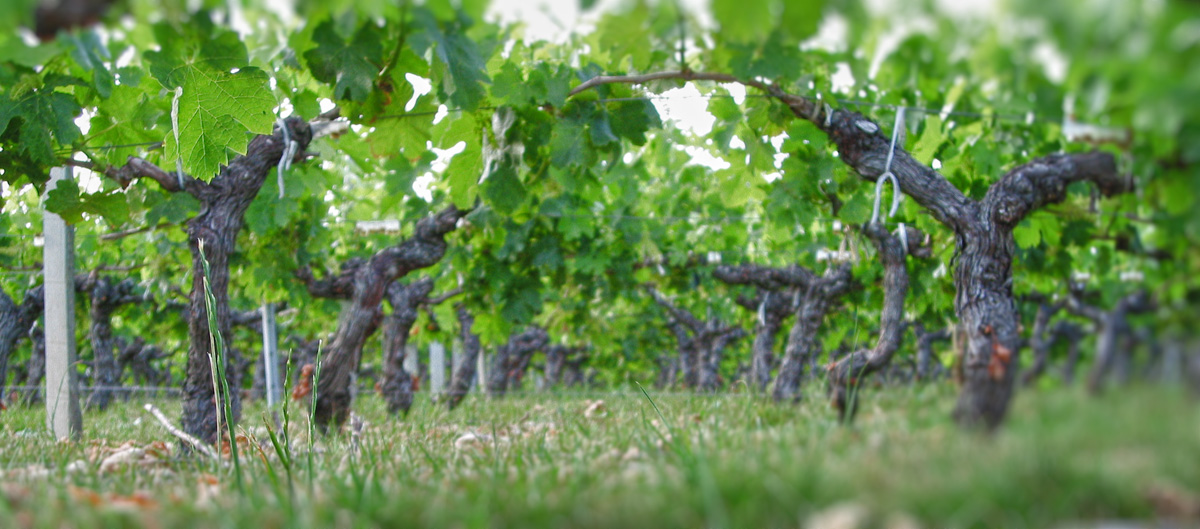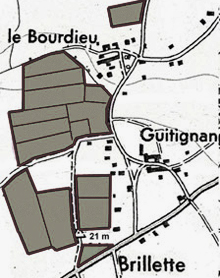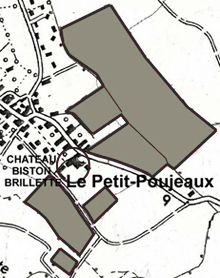The Vineyard
The “signature” of the Château Biston Brillette terroir lies in even balance between the gravel terroirs and the marl-clay-limestone terroirs surrounding the village of Moulis. The finesse and elegance of wines from gravel soils and the strength and colour of wines from clayey-limestone soils combine to offer Château Biston Brillette a specificity much appreciated by wine-lovers.

Vineyard composition

Depending on the features of the terroir, the planting density varies from 6,500 to 9,000 shoots per hectare. Thanks to stringent monitoring of vine growth and to qualitative practices, yields are approximately 50 hectolitres per hectare (45 to 50 H/h, depending on the vintage). This qualitative approach continues in the cellar, with painstaking plot selection based on experience and confirmed by three grape tastings before the harvest. After a pre-selection and selection process, the final choice concerning the first and second wines is made.



Vineyard composition
Depending on the features of the terroir, the planting density varies from 6,500 to 9,000 shoots per hectare. Thanks to stringent monitoring of vine growth and to qualitative practices, yields are approximately 50 hectolitres per hectare (45 to 50 H/h, depending on the vintage). This qualitative approach continues in the cellar, with painstaking plot selection based on experience and confirmed by three grape tastings before the harvest. After a pre-selection and selection process, the final choice concerning the first and second wines is made.



Vineyard management
For the Barbarin brothers, wine is crafted from the vine, with all the respect due to the terroir. This involves a “reasonable” approach to plant health treatments and soil improvement choices aimed at “feeding” the terroir with natural organic plant matter with slow degradation. The plant regulates its own needs and increases its resistance to climatic and health problems. The soil is worked in pace with the seasons to ensure better aeration, improve water management and offer the vineyard health and balance. At harvest time, firm and fruity grapes are taken to the cellars, so that the skill of the winemaker can play its part.
Therein lies the paradox of the work of the winemaker: does the wine reflect the qualities of the terroir or the technical skill of a trained winemaker? It all comes down to balance. Nature provides the fruit, but the human hand also needs to work, and technical expertise is essential but can be expressed only if vintages already have personality. From vineyard to cellar, all the work of the winemaker must be harmonious, so that the result in the bottle is worthy of the Château Biston-Brillette and Château Biston brands.

